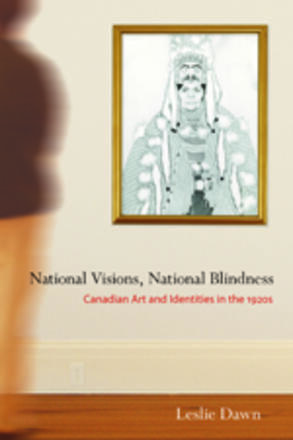
National Visions, National Blindness
Canadian Art and Identities in the 1920s
An insightful analysis of how art was used to create an independent Canadian national identity, often at the expense of First Nations representation.
Description
In the early decades of the twentieth century, the visual arts were considered central to the formation of a distinct national identity, and the Group of Seven’s landscapes became part of a larger program to unify the nation and assert its uniqueness. This book traces the development of this program and illuminates its conflicted history. Leslie Dawn problematizes conventional perceptions of the Group as a national school and underscores the contradictions inherent in international exhibitions showing unpeopled landscapes alongside Northwest Coast Native arts and the “Indian” paintings of Langdon Kihn and Emily Carr. Dawn examines how this dichotomy forced a re-evaluation of the place of First Nations in both Canadian art and nationalism.
Awards
- Winner, Raymond Klibanksy Prize, The Canadian Federation for the Humanities and Social Sciences 2008